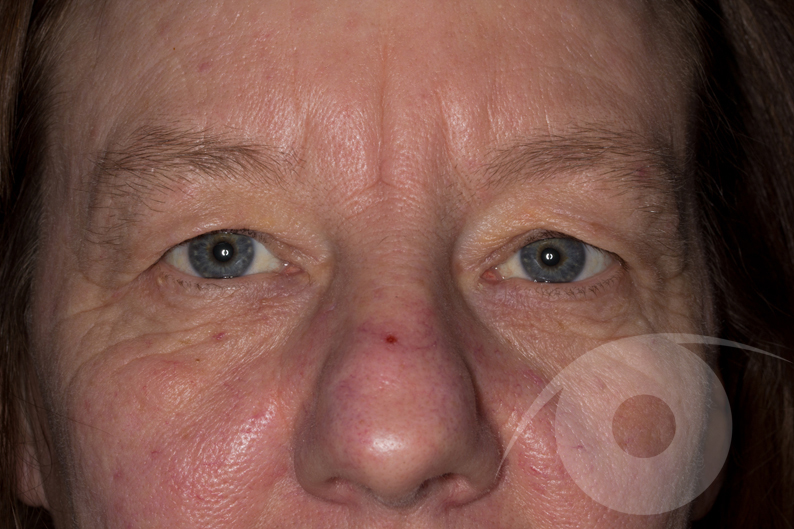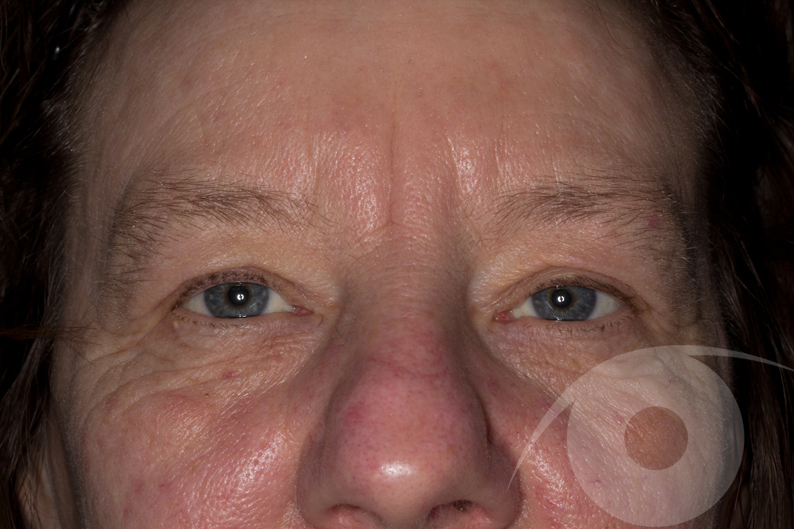Blepharoplasty
What is a blepharoplasty?
A blepharoplasty is an operation to remove excess skin and fat from your eyelids and to tighten the skin and soft tissues around your eyes. Your surgeon will assess you and let you know if a blepharoplasty is suitable for you.
Is a blepharoplasty suitable for me?
As you get older, your skin loses its elasticity (stretchiness) and gravity pulls down on the soft tissues of your eyelids, causing them to sag. Small fat pads behind the eyelid tissue can push forward through weakened muscles, making your eyes look tired and puffy. Excess skin in the upper eyelid can sometimes hang down low enough to interfere with your vision and make you look older.
Skin in the lower eyelid can lose its tone, sag and develop wrinkles, and appear puffy due to bulging fat pads. A lower-eyelid blepharoplasty can help to reduce wrinkles and puffiness.
What are the benefits of surgery?
If the operation is successful, your face should look younger and brighter. If your upper eyelid is interfering with your vision, your vision should improve.
Most people who have a successful blepharoplasty are more comfortable with their appearance.
Are there any alternatives to surgery?
A blepharoplasty is the most effective way to reduce sagging in your eyelids. Your surgeon may be able to assess you for laser skin resurfacing, where a laser is used to gently burn the surface of your skin in a controlled way.New, softer and less-wrinkled skin heals in its place. However, the effect is not permanent and the procedure is usually not suitable if you have dark skin. Injecting Botox can smooth out fine wrinkles.
What does the operation involve?
An upper-eyelid blepharoplasty is usually performed using a local anarsthetic that is injected in the eyelid. A lower-eyelid blepharoplasty is performed under local anaesthesia and sedation. The operation usually takes between an hour and an hour and a half.
Upper eyelid blepharoplasty
Your surgeon will make a cut in the natural skin crease just above your eyelid. He will remove any excess skin and fat that is pushing through the muscle.
Lower eyelid blepharoplasty
In some patients where the problem does not involve excess skin, your surgeon will perform the operation through cuts made inside the eyelid. He will either remove the fat pads or reinforce the muscle. At the end of the operation, your surgeon will close the cuts with stitches.
What should I do about my medication?
You should make sure your surgeon know the medication you are on and follow his advice. You may need to stop taking warfarin, clopidogrel, aspirin or other anti-inflammatory drugs, as there are more likely to cause you to bleed after your operation.
What complications can happen?
The healthcare team will try to make your operation as safe as possible. However, complications can happen. Some of these can be serious and can even cause death. You should ask your doctor if three is anything you do not understand. Any numbers which relate to risk are from studies of people who have had this operation Your doctor may be able to tell you if the risk of a complication is higer of lower for you.
- General complications of any operation
1a Pain. However, pain after a blepharoplasty should only be mild and is usually treated with simple painkillers such as paracetamol. Your eyelid may feel slightly uncomfortable
1b Bleeding during or after surgery. Bleeding should be mild. Your eye may look bruised and your eyelid may get swollen but this usually settles over the first few days. If you get any bleeding afterwards, you should press firmly on the wound for a few minutes with a clean tissue.
1c Infection of the surgical site (wound). If your eyelid becomes swollen and painful a few days after your operation, you should let your doctor know. Usually an infection can be treated with antibiotics. - Specific complications of this operation
Cosmetic problems. It is difficult to predict exactly how the wounds will heal. Although you will be able to see the scare at first, they will usually fade after 3-4 months.
How soon will I recover?
You may need pads on your eyes and ice-packs on your eyelids for the first one to two days to reduce any bruising or swelling. It is common to have watery eyes and to feel grittiness in your eyes for the first one to two days. Your surgeon will prescribe you special lubricating eye drops to help to ease the discomfort.
Returning to normal activities
You should not drive. operate machinery (this includes cooking) or do any potential dangerous activities for at least 24 hours and not until you have fully recovered feeling movement and co-ordination. If you had sedation, you should also not sign legal documents or drink alcohol for at least 24 hours.
For the first week, you should avoid any strenuous activity and try to keep your head raised. You should not bend down and should sleep with extra pillows. You should not wear eye make-up for at least a few weeks and should try to keep your face out of the sun.You can gently clean your eyes using wet gauze.
Regular exercise should help you to return to normal activities as soon as possible. Do not drive until you are confident about controlling your vehicle and always check with your doctor.
The future
Your surgeon will arrange for you to have follow-up visits to check on your progress. It usually takes a few weeks for your eyelids to look and feel more natural, and for the swelling to go down.
The results of a blepharoplasty can last for 8-10 years and sometimes can be permanent. Your face will still continue to age but should always appear younger than if you had not had surgery.





